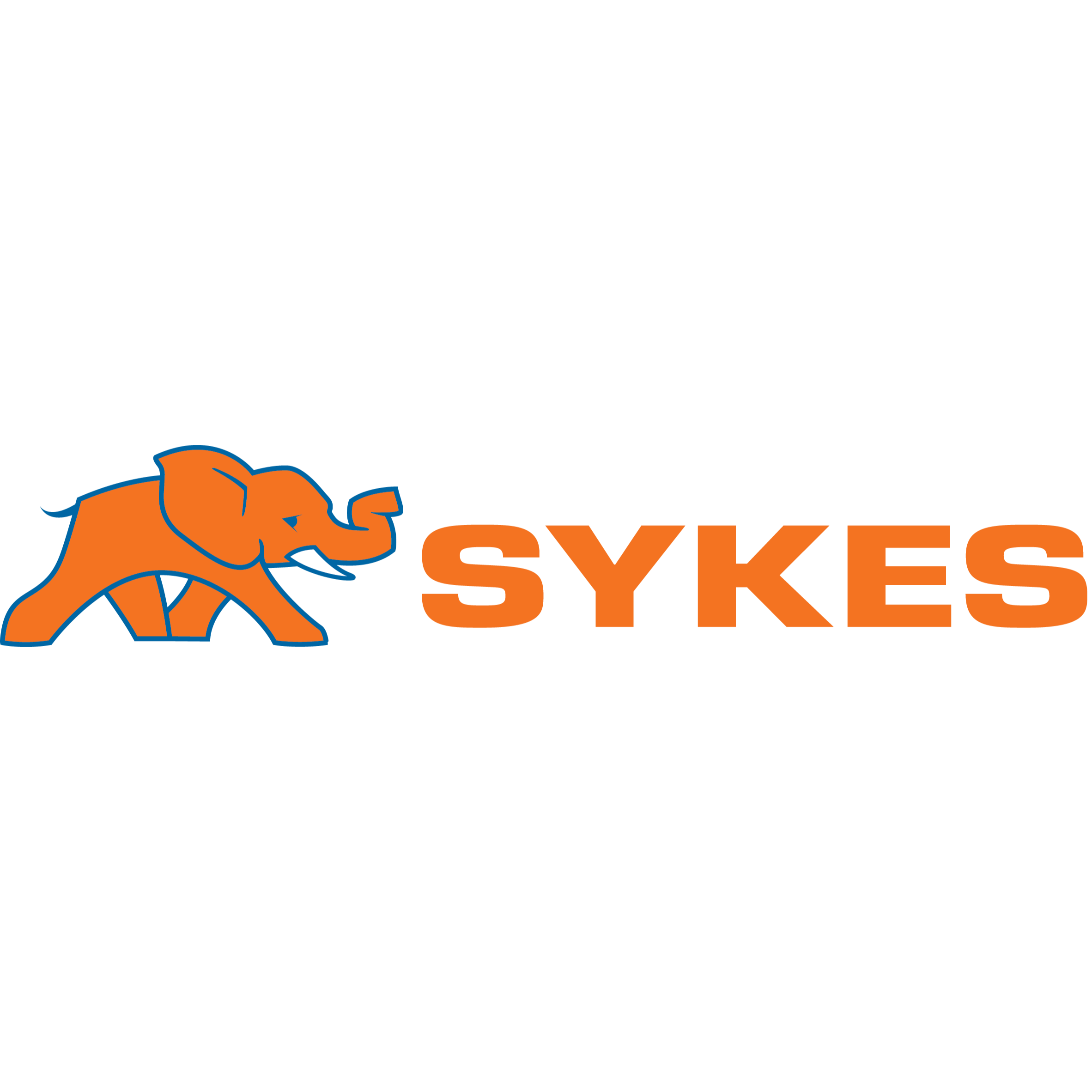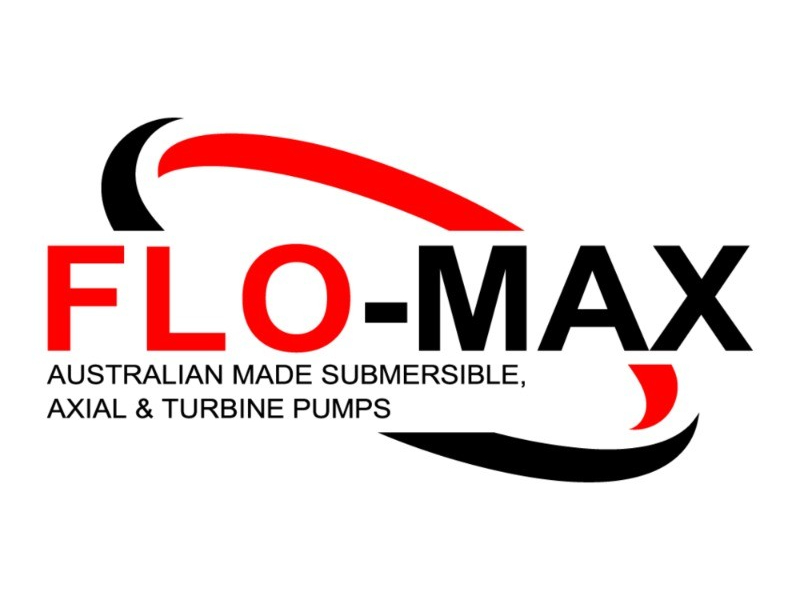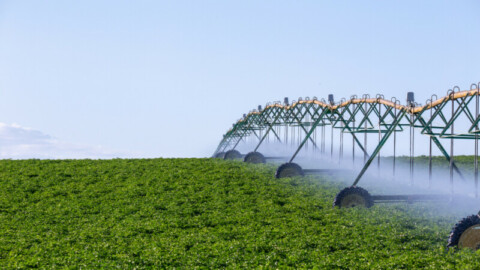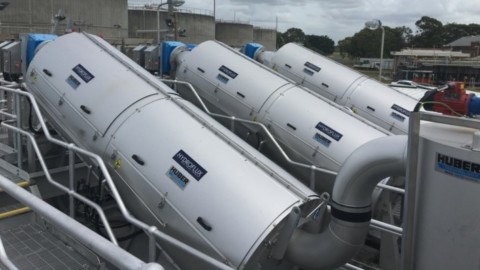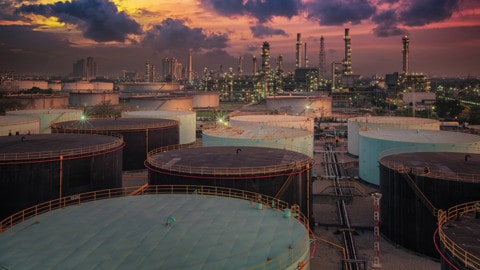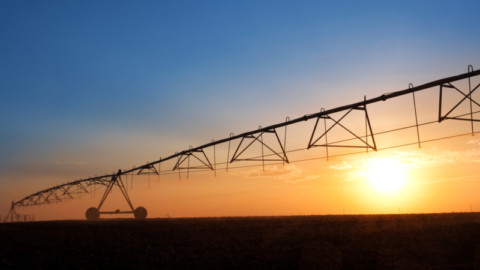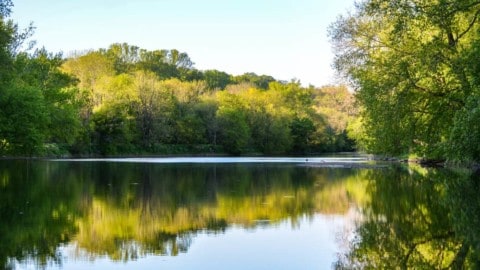The Cooper Basin—spanning across north-east South Australia and south-west Queensland—is one of Australia’s most mature onshore oil and gas production regions, and has the potential to help ease the looming Eastern Australian gas shortfall. Oil and gas exploration company Strike Energy is currently targeting the gas potential of a series of very thick coals in the southern part of the basin, and has recently completed one of the most technically advanced coal seam gas (CSG) wells ever drilled.
Typically, CSG is trapped in coal formations between 400-1000m underground, however, at a depth of over 2000m, Jaws-1 is the deepest horizontal/vertical intercept to have been achieved in the history of Australian drilling operations, and the first CSG well of its scale to be drilled outside of the US.
The seven inch vertical well was completed in April at a depth of 2880m with an 800m horizontal section that will intercept a second vertical producing well and will target the placement of seven stimulation stages.
The well will test the application of advanced drilling and stimulation technologies on the gas-charged 35m thick Vu Upper coal seam and their effects on the productivity of the reservoir.
The groundbreaking project is located within the Klebb appraisal area and has been sited in order to leverage the existing dewatering that has been achieved to date, and holds the potential to unlock an onshore gas resource up to 11Tcf. It is being drilled by oilfield services company Halliburton in collaboration with drilling contractor Ensign.
Strike Energy Managing Director, Stuart Nicholls, said, “The timing of this groundbreaking well is critical to Australia’s energy security and may indeed be one of the highest impact well results in the East Coast gas landscape in 2018.”
The fraccing process
Linear and fracture stimulation sleeves have been installed at a total depth of 2873m. The packers have been set in the wellbore and Strike Energy has been able to position these to allow for the full seven stage stimulation program to be achieved. Completion of this activity significantly de-risks the project, and operations will now progress to hydraulic stimulation before final completion and installation of artificial lift
pumps.
Fracture stimulation, or fraccing, involves stimulating tiny fractures in a rock layer in order to increase the flow of gas, oil or other substances. To create the cracks in the target rock reservoir fluid is pumped down the well at high pressure to produce cracks in the target rock reservoir.
The Jaws-1 project is utilising the Indirect Vertical Fracture Completion (IVFC) technique to fracture stimulate the Vu Upper coal from below the seam. This technique is quickly becoming the preferred method in the US shale gas industry as it utilises gravity assisted drainage of the reservoir and can offer better fracture initiation due to the mechanical properties of the formation.
The interburden displays such properties and it is believed this alternate design will enable completion of the drilling operations without compromising the original well objectives.
Procuring the pumping equipment
The pumping equipment used in CSG exploration and production play a key role in the success of a project. Strike Energy is using a combination of existing and new pumping equipment for the Jaws-1 project. The design and procurement of services and equipment was undertaken in partnership with Halliburton with the electric submersible and beam pumps purchased as part of a competitive tender due to high value, while other pumps were procured using a variety of methods both as standalone purchases or as part of packaged skids.
Mr Nicholls said a key factor in the selection process was robustness and reliability.
“The downhole pumps were selected to suit the wide ranging operating envelope for both initial and later life reservoir management. A key focus on these pumps was robust and reliable operation due to the high cost of workover rigs required to change out any damaged equipment downhole. High temperature, pressure and flow rates were also key considerations.
“These pumps have undergone rigorous factory acceptance and on-site pre-commissioning testing. As the electric submersible pumps are run into the wellbore they are tested at regular intervals.
“The surface pumps chosen to suit service and application—mostly utility service—and were factory tested by the vendors prior to shipment.”

The Jaws-1 project is using electric submersible pump systems for artificial lift to increase pressure within the reservoir and encourage gas to the surface.
“The high flow rates, gas handling and need for extensive data feed made electric submersible pumps the only practical choice for the new Jaws-1 project wells,” Mr Nicholls said.
This system is installed at the bottom of the tubing string and is comprised of a centrifugal pump below the coal seam which is connected to a long electron motor. The pump is connected to an above-ground electricity source via an electric cable.
The system creates artificial lift by spinning the impellers on the pump shaft while pressure is put on the trapped gas to force it to the surface, and facilitating gas and water separation in the well.
The two new electric submersible pumps will be installed at the Jaws-1 project wells during July this year.
As part of preparations for the project, Strike Energy also undertook a workover of the existing Klebb-4 well near the project site including the removal of the existing electronic submersible pump completion equipment and setting of a bridge plug to provide a wellbore suitable for the microseismic survey during the fracture stimulation of the Jaws-1 horizontal well.
The electric submersible pump cable was tested successfully upon retrieval and was confirmed to be compatible with the new electric submersible pump which will be deployed on the Jaws-1 vertical well, saving $50,000. The chemical injection line and various surface equipment were also confirmed to be suitable for reuse.
The electric submersible pump itself was returned to Adelaide for diagnostics and inspection to capture additional learnings for the future dewatering operations at Jaws-1. The pump will then be re-built to provide an on-site contingency for the Jaws-1 wells or for future use in Jaws-2.
The Klebb-4 well is currently suspended and any future plans are yet to be confirmed.
Lessons learnt
Throughout the project, Strike Energy has also taken into account lessons learnt from a previous campaign which saw five wells drilled that were able to flare gas for an extended period of time. However, the campaign was not without its challenges. It was found that the vertical well design was too narrow at five inches and the pumping technology used was insufficient to produce adequate commercial outcomes.
Learning from this campaign, a number of changes were implemented for Jaws-1 to make it more commercially viable, including better pumping technology and making the well wider, taking it up to seven inches, as well as including a 800m horizontal section that can be hydraulically fractured.
“Lessons learnt from the previous electric submersible pump installation include reducing the number of possible failure points and increasing the size of the wellbore to improve the cooling of the motor,” Mr Nicholls said.
“Previous experience with jet pumping has also demonstrated that the reservoir does not respond well to the aggressive nature and start-stop operation.”
Triggering further development
Jaws-1 is the precursor to having the final data and information required to book a reserve, which will then trigger the beginning of the development phase of the Southern Cooper Basin Gas Project.
In June, Strike Energy announced it had successfully completed the seven stage fracture stimulation program of the Jaws-1 well, including the successful deployment of five of the first indirect vertical fractures ever executed in Australia.
All seven stages were fully completed placing targeted proppant quantities, with stages six and seven each placed over 150,000lbs per stage. All fractures had excellent fracture height growth through the Vu Upper and penetrated extensively in a perpendicular direction to the wellbore path.
Strike Energy is now conducting clean-out operations with coiled tubing on-site before commencing flowback which will be followed by running the electric submersible pump completion and connection of surface equipment.
“Following commissioning of the wells, a period of dewatering will be required prior to gas flows being delivered to flare. Once the gas flows are sufficient to provide commerciality of the resource a development program will be undertaken to drill additional wells and establish a long-term path to market via existing gas infrastructure adjacent to the permit,” Mr Nicholls said.
The Jaws-1 project is expected to come online in early to mid-July, with first gas delivered in 2019.



